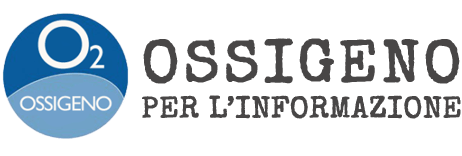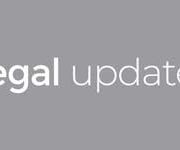University courses for observers of threats to journalists
Questo articolo è disponibile anche in:
![]()
The following proposal of Ossigeno was formulated on December 14th 2018 in Palermo, by Alberto Spampinato, in his speech, during the IX National Meeting of the courses of Communication Science
Undergraduate and post-graduate education has the task of training, for the information world, practitioners with the necessary technical-professional skills. At the same time, it has the task of spreading awareness that not all communication activities made possible by technical means and capable of generating profit are legitimate.
If this is clear to the experts of the sector, it is not so to the citizen-users of the communication systems and even to some of the actors in the publishing, journalistic and communicative world. This world is characterized by continuous and profound technological innovations that have given the illusion of having annulled every restriction even of an ethical and legal nature.
This situation gives the Courses in Communication Sciences a particular responsibility: to provide clear and unambiguous knowledge on the ethical, legal and regulatory aspects and to indicate further opportunities for learning about these aspects.
In this context, more attention, and possibly a specific teaching, should be dedicated to violations of freedom of press and freedom of expression which are very frequent, numerous and uncontested at 90 per cent, as shown by the Ossigeno per l’Informazione Observatory based on a ten-year direct methodical observation of the phenomenon.
The Observatory’s analysis indicates that many of these violations go unnoticed by the same insiders because they are not identified and recognized as such. This appears to be the main reason why nine out of ten violations are neither formally registered nor reported by the mass media.
But what appears even more serious is that often to limit the right to be informed are presumed problems of public order, national security, secrecy of acts are alleged. Few people know that more and more often journalists are accused of common crimes, such as receiving stolen goods, if they publish papers nominally state secrets. So the journalist is treated like a common criminal.
This situation does not concern only Italy, but the whole of Europe.
All this would not be possible if citizens knew how to recognize, for having learned at school, what are the limits and the prerogatives of the right to inform and receive information. It would not be possible in a society in which every citizen would be able to recognize these violations with the same confidence that a fan can tell if the football has gone out of play.
All this leads Ossigeno to say to international institutions that in order to defend freedom of information and the right to access information, media literacy campaigns are indispensable and can not be postponed.
On the basis of these considerations, Ossigeno has promoted a series of seminars with Italian, Spanish, Belgian and Maltese universities to promote the creation of permanent teaching courses for the training of specialized observers able not only to understand cases of violation of the freedom of the press, but also to recognize the mechanisms and means used to curb this freedom. A new professional will soon be required to set up public agencies in each country to monitor violations as requested by the Council of Europe in 2016.
Oxygen has patented a new method of detection, verification and classification of violations of press freedom, a sort of “metal detector” of that devious form of censorship imposed by violent acts, with intimidation and abuse of rights. The Observation Method of Ossigeno, applied in Italy during the last five years, has proved to be effective and useful for the purpose of presenting to the public the phenomenon of intimidation to journalists and bloggers.
Using this method, Ossigeno has identified the names of over 3700 victims of intimidation and has awakened the attention of politicians and institutions at national and international level. In 2013 the Method was systematized in a scientific way and the manual for applying it was published and disseminated in three languages: Italian, English and French. Currently it is being studied by the numerous European institutional organizations that oversee freedom of information and the right of citizens to be informed.
In Italy, the rigorous monitoring of intimidation, violence, abuse of rights and the covering up of news has led to the issue of threatened, limited and violated press freedom being highlighted explicitly recognised by prominent representatives of the institutions and the government.
ASP (wt)





Leave a Reply
Want to join the discussion?Feel free to contribute!